Secrets from a Pro Kitchen: How to *Actually* Use Your Fridge and Dishwasher
I’ve spent decades in professional kitchens. I started way back when, washing mountains of dishes and just soaking it all in, watching chefs who moved with a kind of purpose I’d never seen before. Over the years, I’ve run my own kitchens and now I help new restaurants get set up for success. One thing I’ve learned is that great cooking doesn’t start with a fancy recipe—it starts with really understanding your tools.
Think about it: in any kitchen, from a high-pressure commercial spot to your own home, your equipment is basically an extension of your hands. When you get why a tool was designed a certain way and what its limits are, you can get way better results, work more safely, and make your stuff last for years. So many mistakes happen not because of carelessness, but just from a lack of know-how. The manual tells you how to turn it on, but it never shares the craft that comes from using something day in and day out.
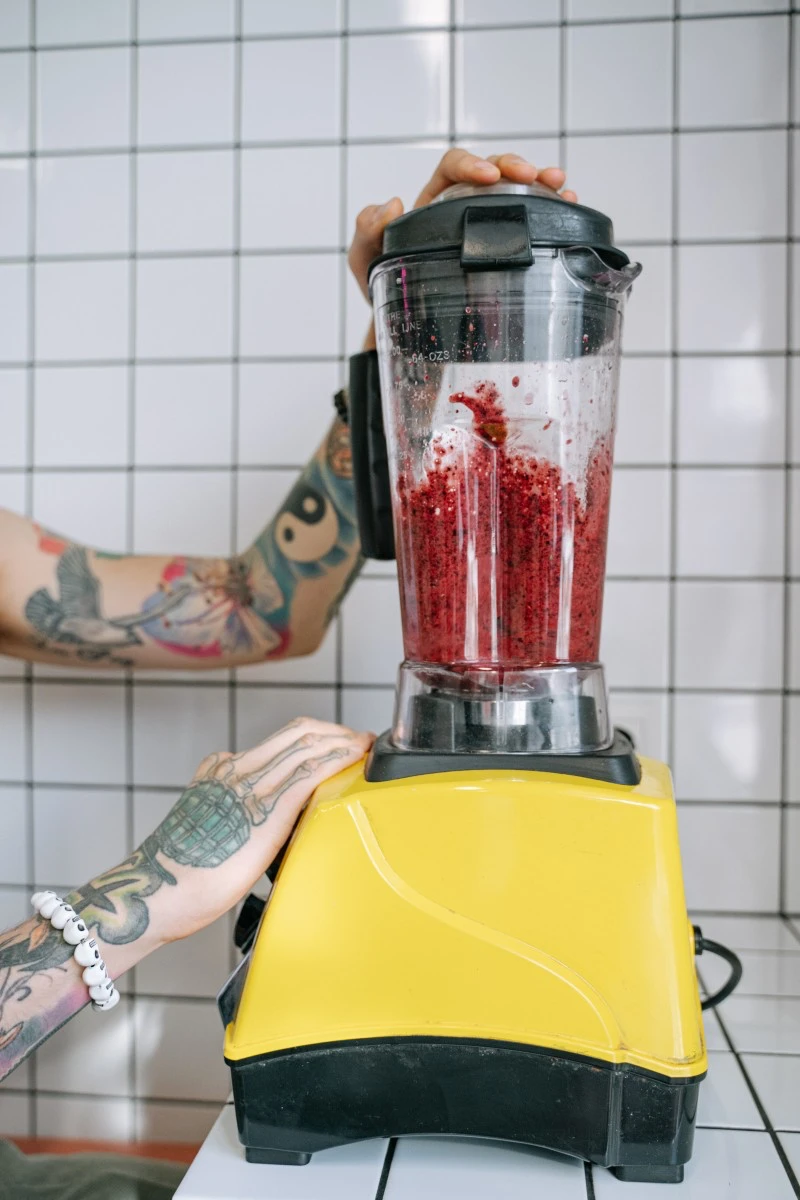
This isn’t me telling you you’re using things “wrong.” Not at all. This is about sharing the kind of insider knowledge I’ve picked up over a lifetime of cooking. We’re going to look at some everyday kitchen items and explore the science behind why certain methods just flat-out work better. My goal is to help you think like a pro, making your time in the kitchen smoother and, honestly, a lot more fun.
The Refrigerator: More Than Just a Cold Box
A fridge seems simple, right? It keeps food cold. But in a professional setting, we treat it like a precise climate control system because food safety is everything. For most home refrigerators, you want the main compartment to be between 37°F and 40°F (that’s about 3°C to 4°C). The freezer needs to be at a steady 0°F (-18°C).
A quick tip: go buy a cheap refrigerator thermometer. You can grab a reliable one for $5-$15 online or at any big-box store. It’s the only way to know for sure if your appliance is holding the right temperature, and it might be the best ten bucks you spend on your kitchen this year.
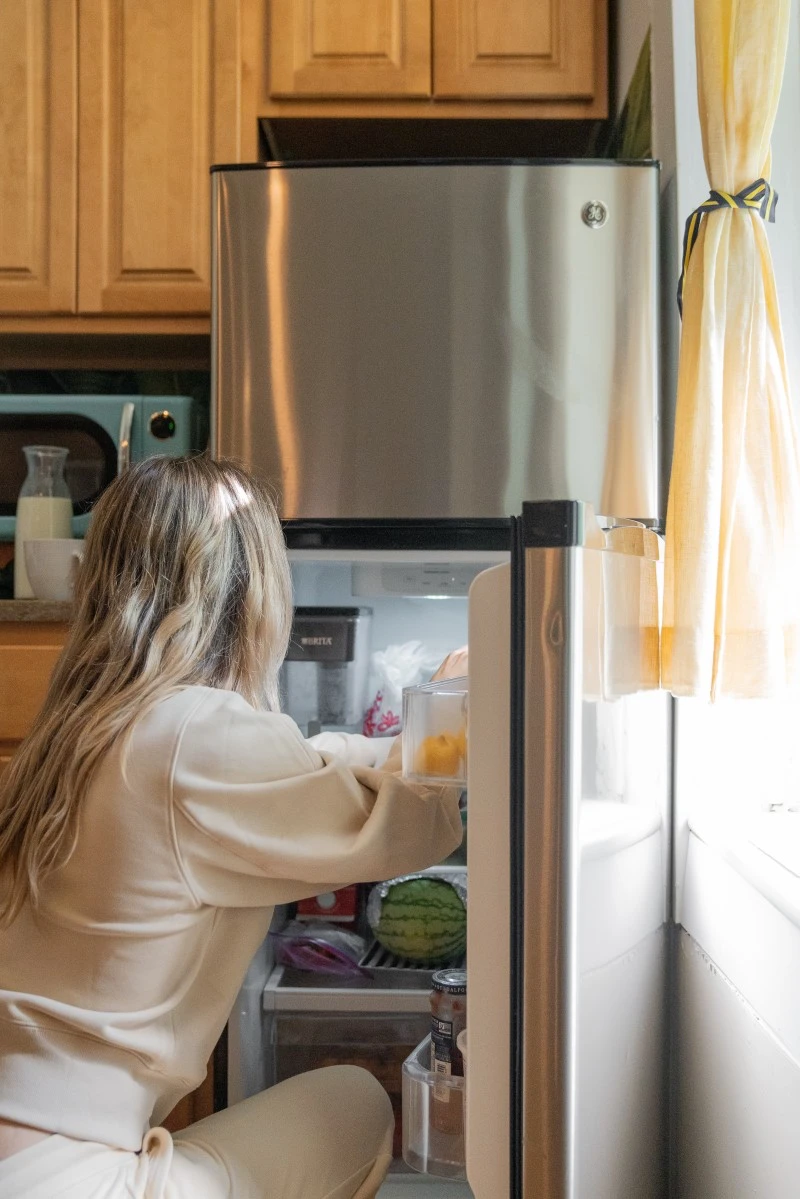
How Cold Air Really Works
Here’s a little science for you: cold air is dense, so it sinks. In most fridges, the cooling element is actually up in the freezer, and the cold air is blown down into the main food area. This means the coldest part of your fridge is usually at the back and on the bottom shelf. The warmest spot? The door. Every time you open it, warm air from your kitchen rushes in and hits those door shelves first. This makes it a terrible place for anything highly perishable.
We follow a strict system in pro kitchens, and you can use the same logic at home:
- Top Shelves: These have the most consistent temperature. This is your spot for ready-to-eat foods like leftovers, drinks, yogurts, and fresh herbs.
- Middle Shelves: A great place for eggs and other dairy like cheese and sour cream. It’s stable and less prone to the temperature swings of the door.
- Bottom Shelf: This is the coldest part of the fridge. It is the ONLY place you should store raw meat, poultry, and fish. And always, always put them in a container or on a plate. This prevents drips from contaminating everything below, a non-negotiable rule to prevent cross-contamination.
- Crisper Drawers: These drawers are designed to manage humidity. Think of them as two different climates. The low-humidity drawer is for the “gas-producers”—things like apples, pears, avocados, and stone fruits that release ethylene gas, which can make other produce spoil faster. The high-humidity drawer is for the delicate, “gas-sensitive” crew that wilts easily, like leafy greens, carrots, broccoli, and cucumbers. Separating them is a total game-changer for reducing food waste.
- The Door: This area is for your most stable items. Condiments, sauces, pickles, and anything with a lot of preservatives like salt and vinegar will be perfectly fine here. Storing milk on the door is one of the most common mistakes I see, and it can seriously shorten its shelf life.
Quick challenge for you: Go move your milk and eggs off the fridge door right now. Put them on a middle shelf. It takes 30 seconds and they’ll last noticeably longer. See? You’re already thinking like a pro.
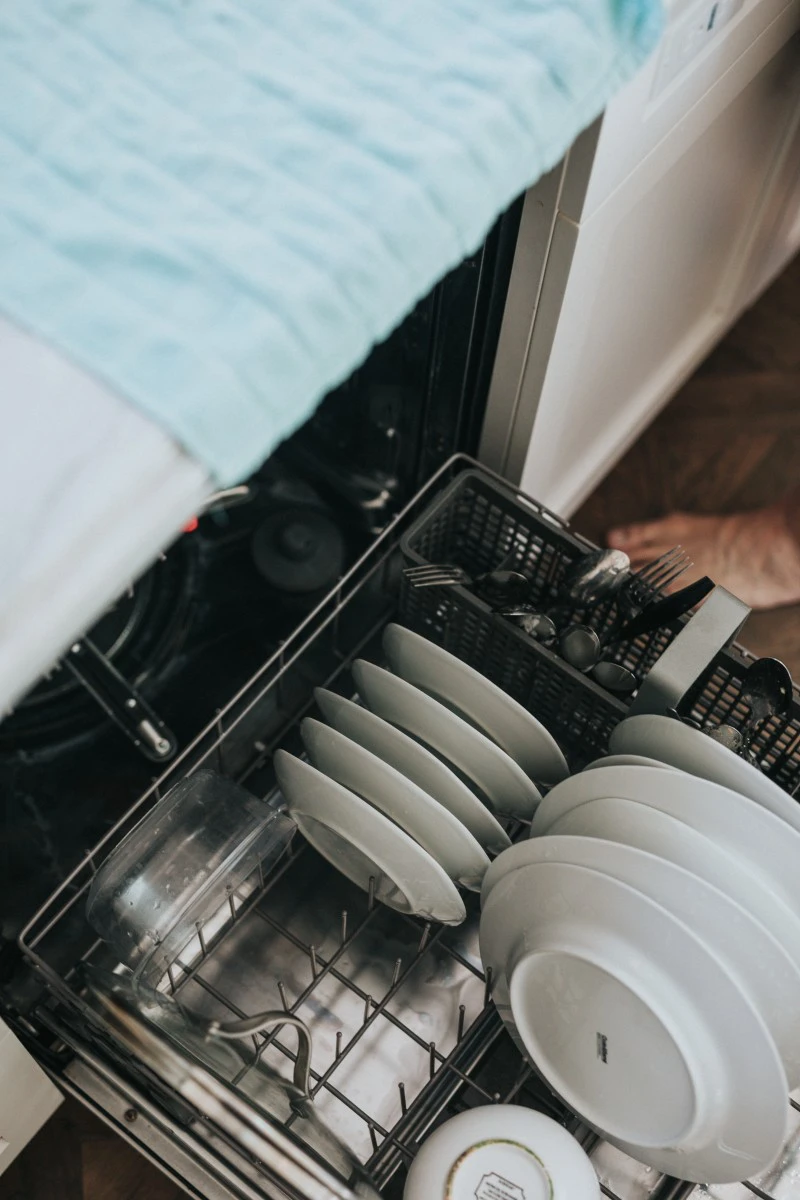
And a note on airflow. An overstuffed fridge can’t cool properly. I once had a new cook jam-pack a fridge so tight that a whole case of lettuce froze solid against the back wall while dairy near the front got dangerously warm. You want to aim for about 75-80% full. The food acts as thermal mass to hold the cold, but you need space for the air to move.
What About the Freezer?
Oh yeah, the freezer—the black hole of many kitchens. The key here is organization and preventing freezer burn. The pro-move is to use the “First In, First Out” (FIFO) system. When you freeze something, label it clearly with what it is and the date you froze it. When you buy new ground beef, put it at the back and move the older stuff to the front. For things like soups, stews, and ground meat, freeze them flat in zip-top bags. They’ll freeze faster, thaw quicker, and you can stack them like books, which saves a ton of space.
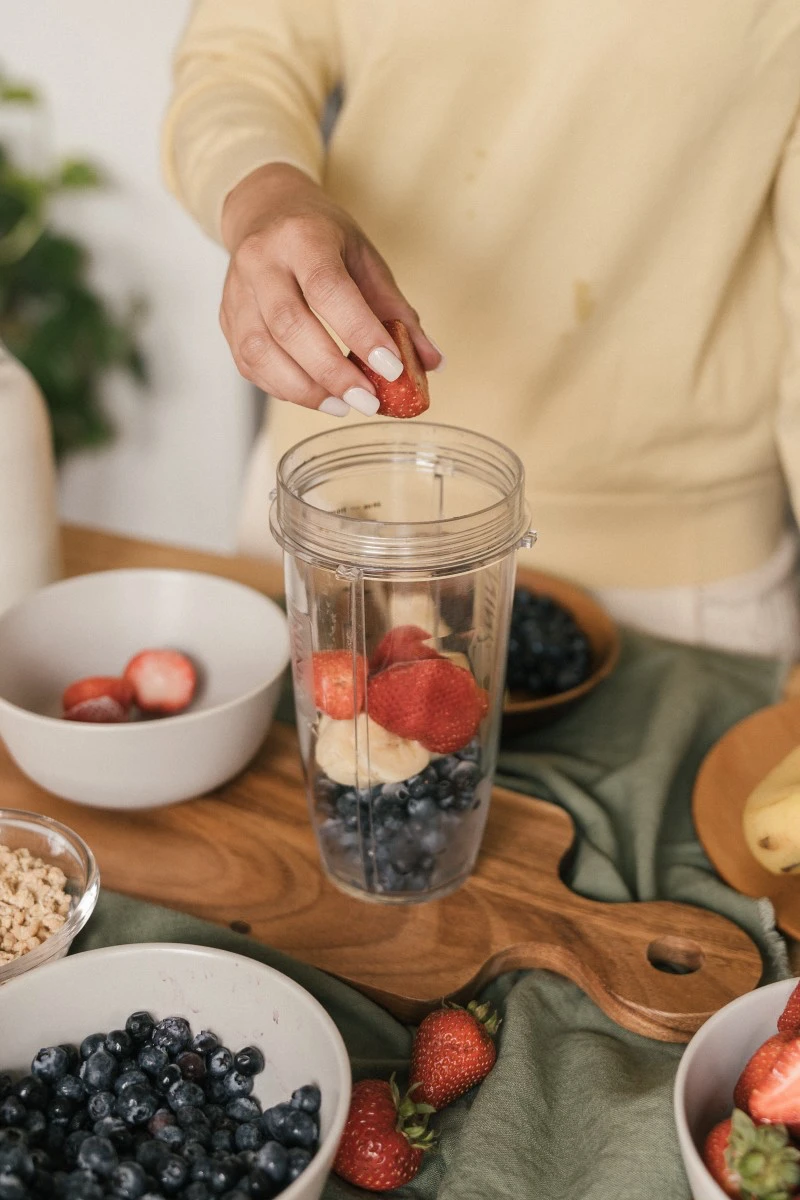
The Dishwasher: A Machine of Science
A dishwasher isn’t just a box that sprays water around. It’s a sophisticated machine that cleans with a three-pronged attack: mechanical force (the spray arms), chemical reaction (the detergent), and thermal sanitation (the heat).
But first, let’s settle the great debate: to pre-rinse or not to pre-rinse? For any modern dishwasher, the answer is a firm NO. Just scrape off the big chunks of food and you’re done. Modern detergents are actually designed with enzymes that need food particles to cling to. If your dishes are too clean, the soap has nothing to work on, which is less effective and can even be abrasive to your dishes over time.
How to Load It Like You Mean It
I remember watching a young cook stack bowls directly on top of each other, thinking he was being efficient. Everything came out with a perfect, grimy circle on the inside. It’s a classic rookie mistake—if the water can’t see it, it can’t clean it.

- Bottom Rack: This gets the most powerful spray, so it’s for your toughest jobs. Face plates and large items toward the center where the spray arm pivots. Don’t let them overlap! Pots, pans, and casserole dishes go here, face down and angled so water can drain out easily.
- Top Rack: This is for more delicate things. Cups, glasses, and small bowls go upside down between the tines. Plastic containers and lids also belong on the top rack, since the heating element on the bottom can warp them.
- Silverware Basket: To stop spoons from “nesting” together, mix it up. Alternate forks, spoons, and knives, some handles up, some down. This lets the water spray hit every surface. Heads up, though: for safety, always, always place sharp knives with the handles up.
By the way, what does that little rinse aid compartment even do? It’s not just for shine. It’s a surfactant, a fancy word meaning it breaks the surface tension of water. This causes water to slide off your dishes in a sheet instead of forming droplets that dry in place and leave spots. It’s especially critical if you have hard water.
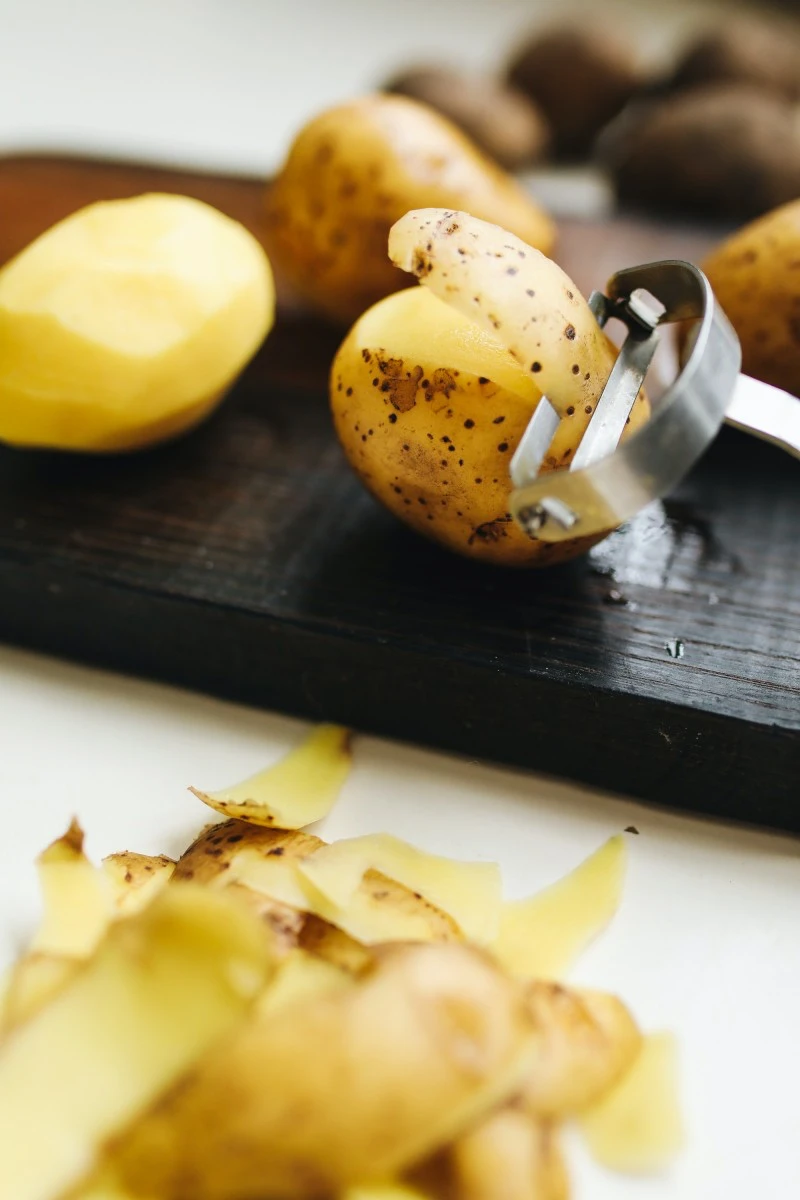
The Most Ignored Part of Your Dishwasher
If your dishwasher starts smelling weird or isn’t cleaning well, the culprit is almost always a clogged filter. Most people don’t even know it exists! Cleaning it takes two minutes. First, find it on the floor of your dishwasher, usually a round, plastic piece you can twist. Unscrew it and pull it out, along with the mesh screen underneath. Then, just rinse both parts thoroughly under hot running water until they’re clean. Pop them back in, twist to lock, and you’re done. Do this once a month and your machine will run like new.
So, there you have it—the professional take on two of the biggest workhorses in your kitchen. What tool baffles you the most? Let me know in the comments, and maybe I’ll tackle it in a future post!
Inspiration:
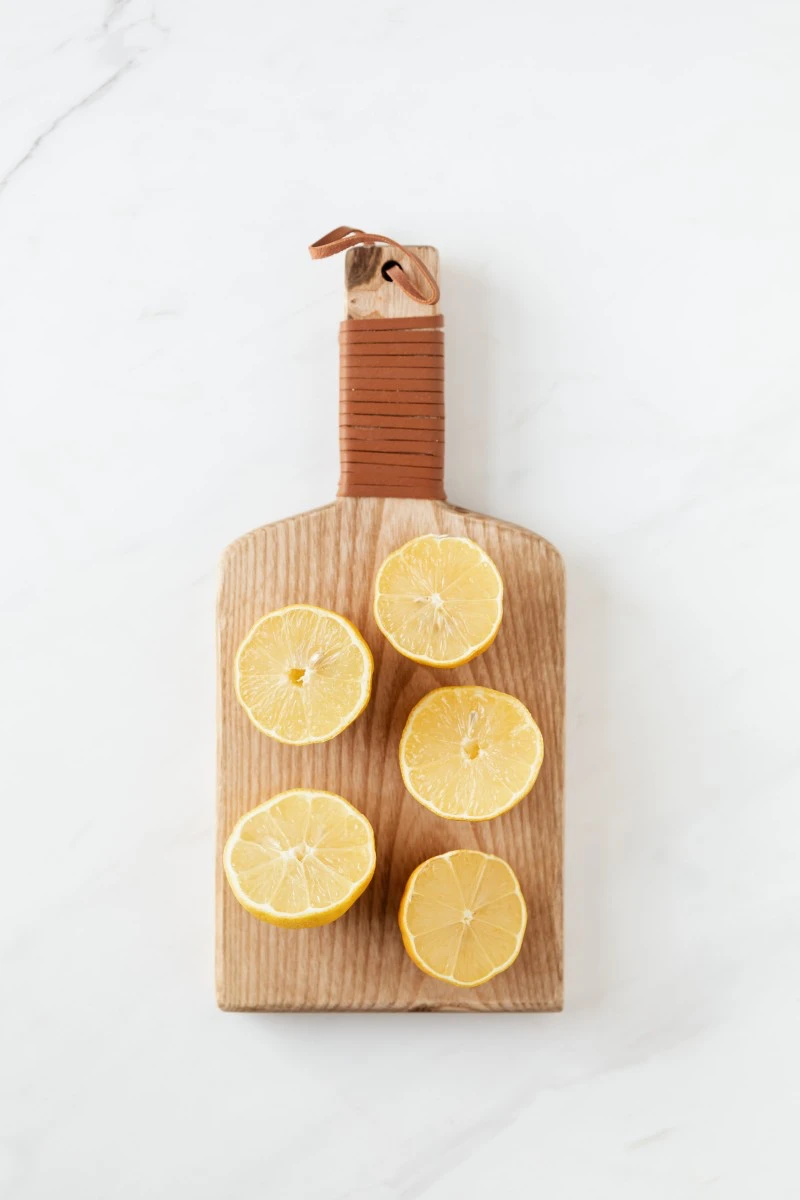

That persistent, slightly funky smell from your
More than 75% of food recalls are due to microbial contamination, making proper food storage not just a matter of quality, but of safety.
This is why professional kitchens are so meticulous. It’s not just about temperature, but also about avoiding cross-contamination. Always store raw meat, poultry, and fish on the lowest shelf of your refrigerator. This simple habit prevents their juices from dripping onto and contaminating ready-to-eat foods stored below, like produce or leftovers. It’s a foundational rule of food safety.










